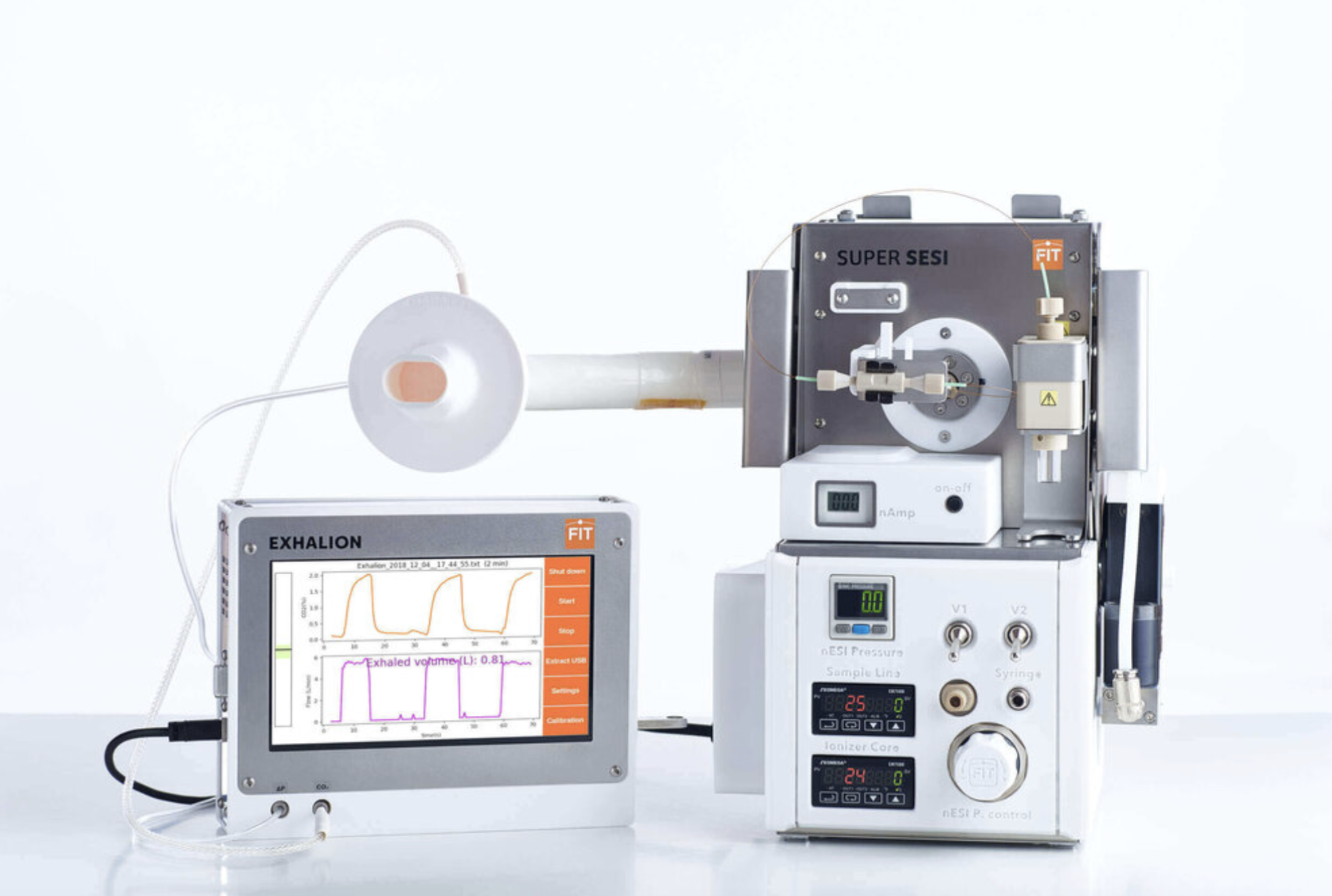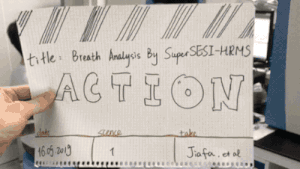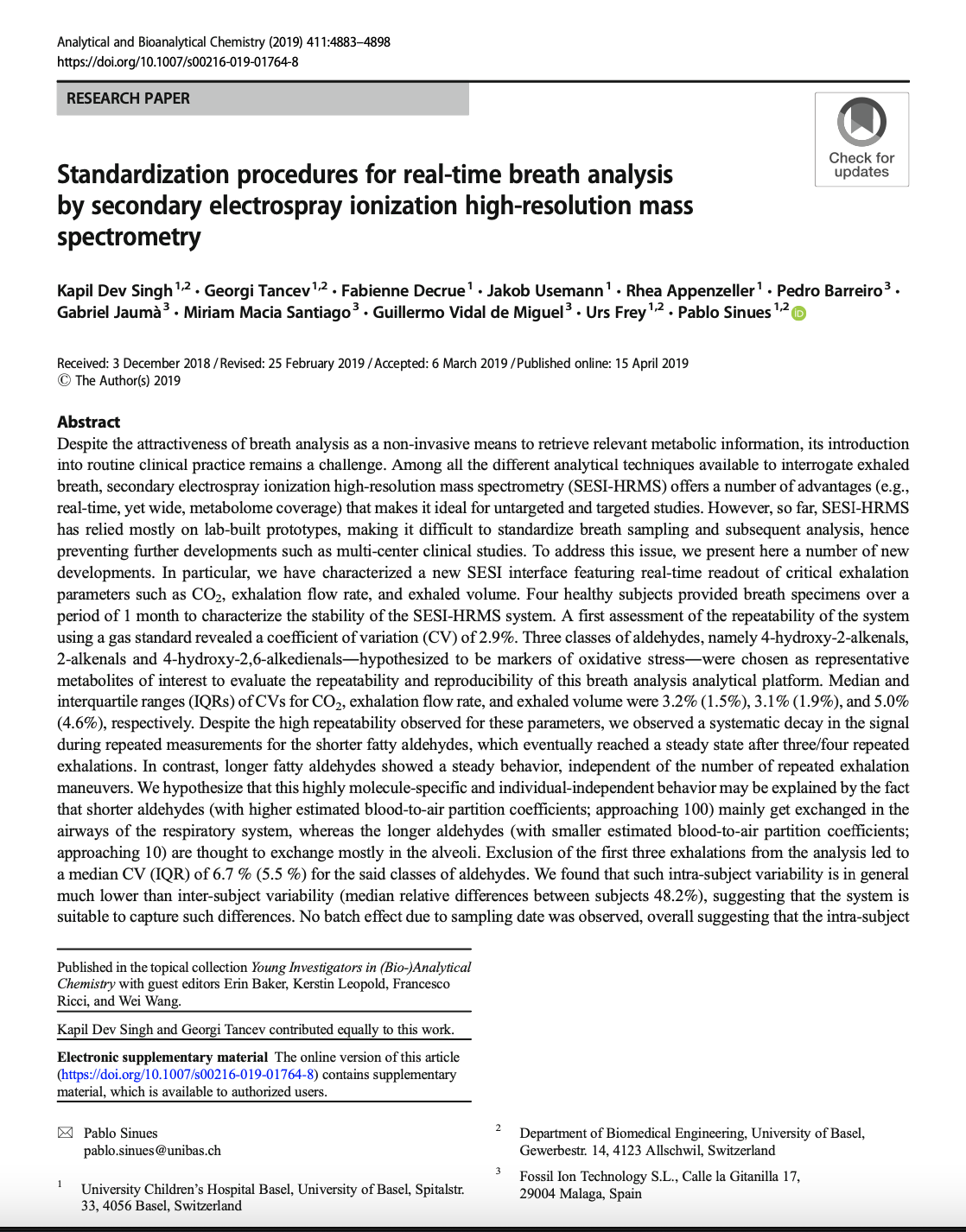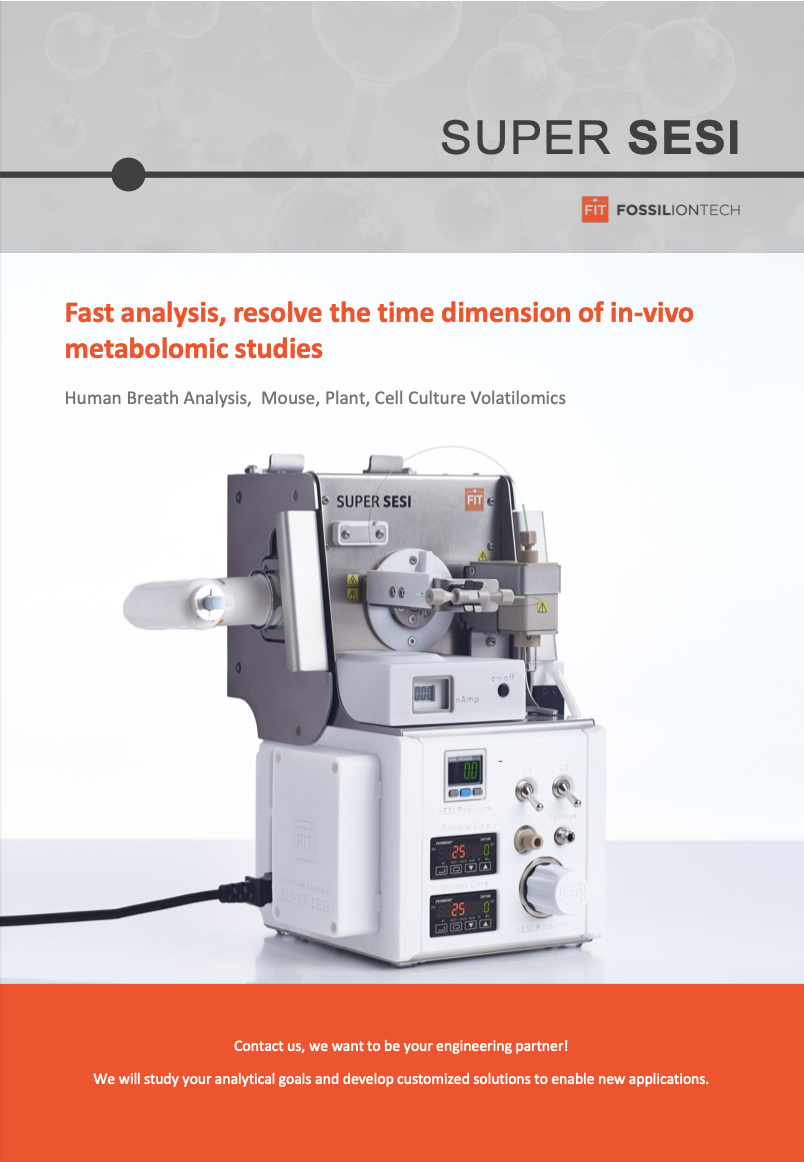
BREATH ANALYSIS
A window to the human metabolism:
- non-invasive, real-time,
- biologically relevant data.
Biomarker discovery for breath diagnosis.
Drug metabolism monitoring,
Kinetics of inhaled substances
Painless, non-invasive and rapid to detect. Breath analysis represent the ideal procedure to unravel the human metabolome.
Breath is the only bio-fluid that is continuously available in large amounts, and it carries many particles, such as endogenous or exogenous metabolites, volatile organic compounds (VOCs), proteins, drug metabolites, and even viral particles, …
Breath biomarker discovery with Super SESI - HRMS, six reasons:
1- Super SESI ionizes and detects large molecules in low concentrations:
SESI-HRMS provides biologically relevant data in real-time by measuring large molecules, which are biologically more specific, and thus more relevant for clinical diagnosis. But these molecules tend to have very low-volatility and low concentration, so detecting them is challenging. Super SESI is optimized to efficiently ionize low volatility molecules and to minimize carryover effects.
2- High-Resolution Mass Spectrometry (HRMS) resolves the complexity of biological samples:
The typical exhalation analyzed with Super SESI has 2000 robust features* between 50 and 500 Da. High Resolution Mass Spectrometry is required to resolve this complexity and to narrow the identity of biomarkers.
* “feature was considered “ robust ” only if it matched the following criteria: ( i ) observed in ≥80% of the biological samples; (ii) the median intensity of the biological samples is above 1000 units; (iii) signal to noise ratio above 4; (iv) for breath samples, a relative standard deviation (RSD) across the biological sample injection lower than 30%”
best ionization + best ion analysis = best results
3- Analyzing breath in real-time is important because breath evolves within each exhalation, and from one exhalation to the next.
Understanding the dynamic processes governing breath is the goal for kinetic studies.
For biomarker discovery studies, understanding what makes breath composition drift and what conditions lead to steady signals is fundamental.
In this study, breath was analyzed for 20 min with a SUPER SESI - QExactive HF - EXHALION system. At min 5, the volunteer left the lab to smoke a cigarette. Min 10 to 20 show the time evolution of different tobacco related metabolites. Real-time breath analysis can be used to study the kinetics of lung uptake and the metabolic response of the body in a non-invasive way.
4- Direct analysis of exhaled air is far more sensitive than off-line analysis because the lungs are the most effective desorber available in the lab... and the world!
It turns out we exhale nano-aerosols rich in low volatility heavy molecules, and even complete viruses! The unique lung desorption mechanism involves surfactant bubble bursting and micro-cilia splashing. Offline absorption/desorption systems used in GC-MS cannot desorb these big molecules just by heating because they are pyrolyzed before they evaporate. So why not use the extraordinary capacity of the lung and avoid losing the most biologically relevant part of the sample along the way?
Furthermore, by skipping the capture and Thermal desorption steps you can capture the time evolution of your study, as you go, with incredible time resolution!.
5- Guiding the exhalation maneuver with EXHALION eliminates confounding variables
The dynamics of the lung, and its impact on the emission of different species, is extremely complex, and not known in detail.
Standardizing the exhalation conditions eliminate sources of potential confounding factors.
By logging exhaled CO2 and volume, EXHALION allows to separate different lung fractions.
6- Standard Operational Procedures (SOP) for breath analysis with SESI-HRMS are defined and validated
The publication "Standardization of the procedures for real-time breath analysis by SESI-HRMS" by Sinues (Basel University) shows how to intending to harmonize procedures and improve inter-laboratory comparisons.
The data analysis toolbox developed by Deep Breath Intelligence (DBI) allows to validate the quality of each acquisition and extract relevant features
You can download more tips to include SESI-HRMS in your breath research protocol HRMS here.
CUSTOMER SUCCESS
Dr. Prof. Renato Zenobi - ETH Zurich, Switzerland
“When SESI is combined with state-of-the-art mass spectrometers, low limits of detection (pptv) are achievable without any sample pre-concentration. We exploit this feature in our lab in a number of projects which require fast mass spectrometric analysis of vapors at trace concentrations.”
Dr. Prof. Patrik Španěl - J. Heyrovsky Institute of Physical Chemistry of the CAS, Prague, Czech Republic
“The SSX ion source is surely a masterpiece of state of the art engineering. Full understanding of the ion chemistry occurring between the ESI generated ions and VOC molecules inside will be an interesting challenge to tackle.”
Dr. Prof. Pablo Sinues - University Children’s Hospital Basel, University of Basel, Switzerland
“…SESI-HRMS breath testing may serve as a companion diagnostic approach to potentially minimize drug side effects and help to choose the seizure-specific treatment. Key advantages that make SESI-HRMS ideal for the hospital in – and outpatient setting include noninvasiveness and real-time results. […]This, along with the ability to predict serum concentration of drugs, allows us to propose a clinical decision-making workflow based on real-time breath analysis.”
Dr. Prof. Xue Li - Jinan University, Guangzhou, China.
“SESI-HRMS provides a robust way for online real-time monitoring of non-volatile drugs in exhaled breath.”
Prof. Dr. med. Malcolm Kohler - University Hospital Zurich (USZ), Switzerland.
“Real-time breath analysis by secondary electrospray-high resolutionmass spectrometry allows molecular profiling of exhaled breath, providing insights about on-going biochemical processes in COPD patients at risk for exacerbations.”
Key Applications
Therapeutic drug monitoring: Pharmaco-kinetics
Analyze the time evolution of drugs or metabolites with multiple exhalations over extended periods of time.
Check some of the peer-reviewed paper published about this topic:
Early diagnose of diseases: Biomarker discovery
With in-depth metabolite coverage, extending the biological relevance of the detected metabolites.
Check some of the peer-reviewed paper published about this topic:
Kinetics of the lung
Study the inhaled administration route, exposure kinetics, tobacco, and more:
Check some of the application notes we have about this topic:
Metabolism monitoring
Time resolved metabolic response to nutrients, food-ome, microbiome.
Check some of the peer-reviewed paper published about this topic:
Include SUPER SESI in your research Protocol
A basic breath research plan aimed at the discovery of new breath biomarkers can be categorized as Clinical Study. We have prepared a free guide to help you write the corresponding Clinical Study Protocol including SUPER SESI.
Contains instrument-related information relevant to the preparation of your Clinical Study protocol
It is adapted from 42 CFR Part 11
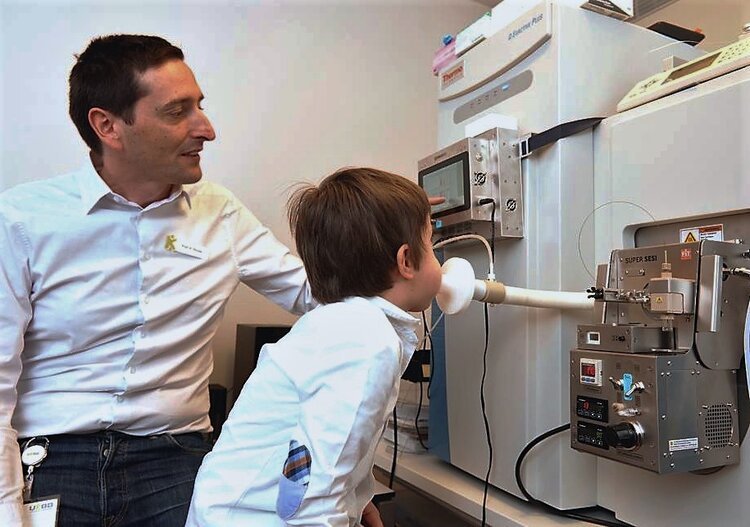
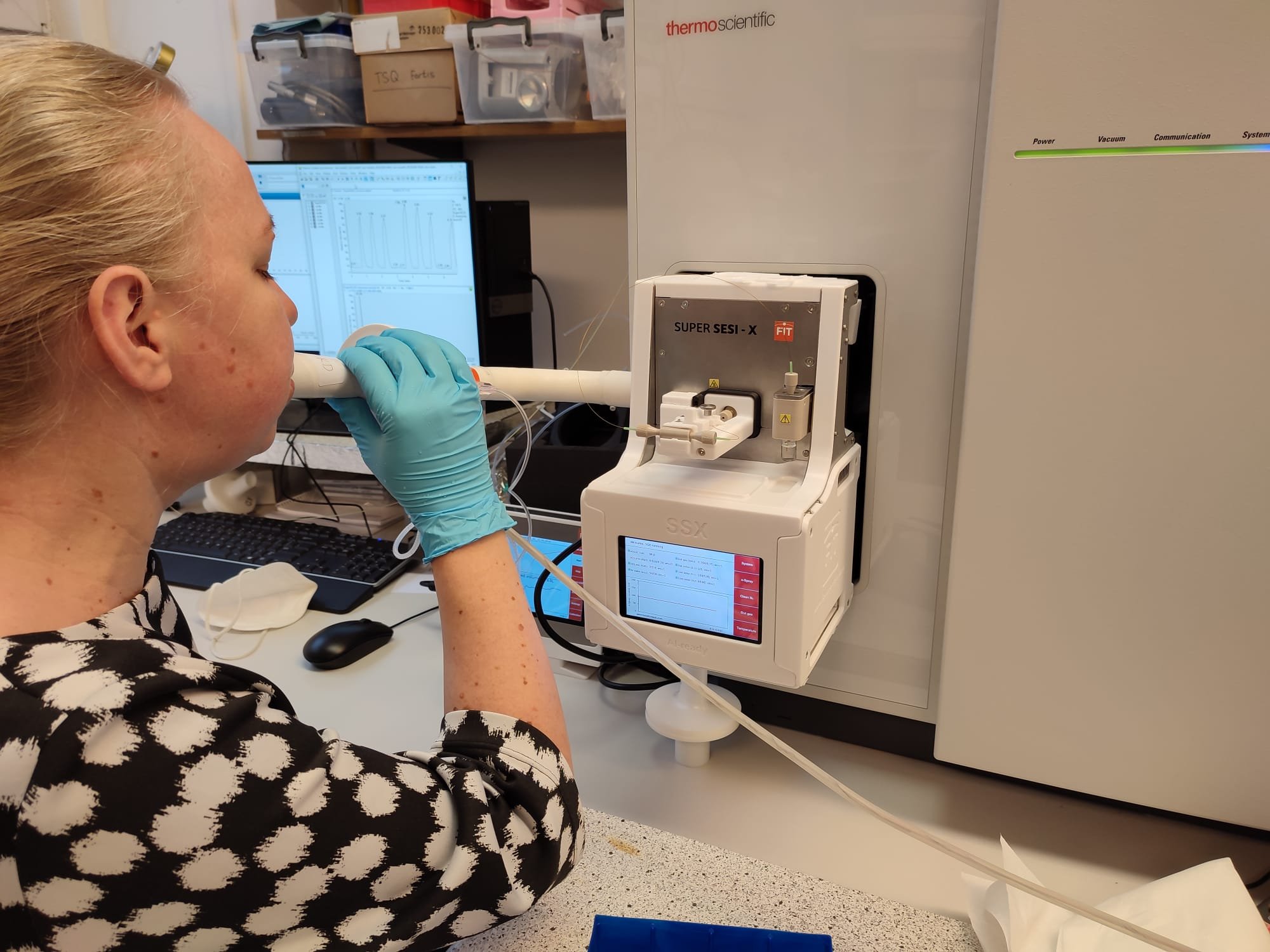


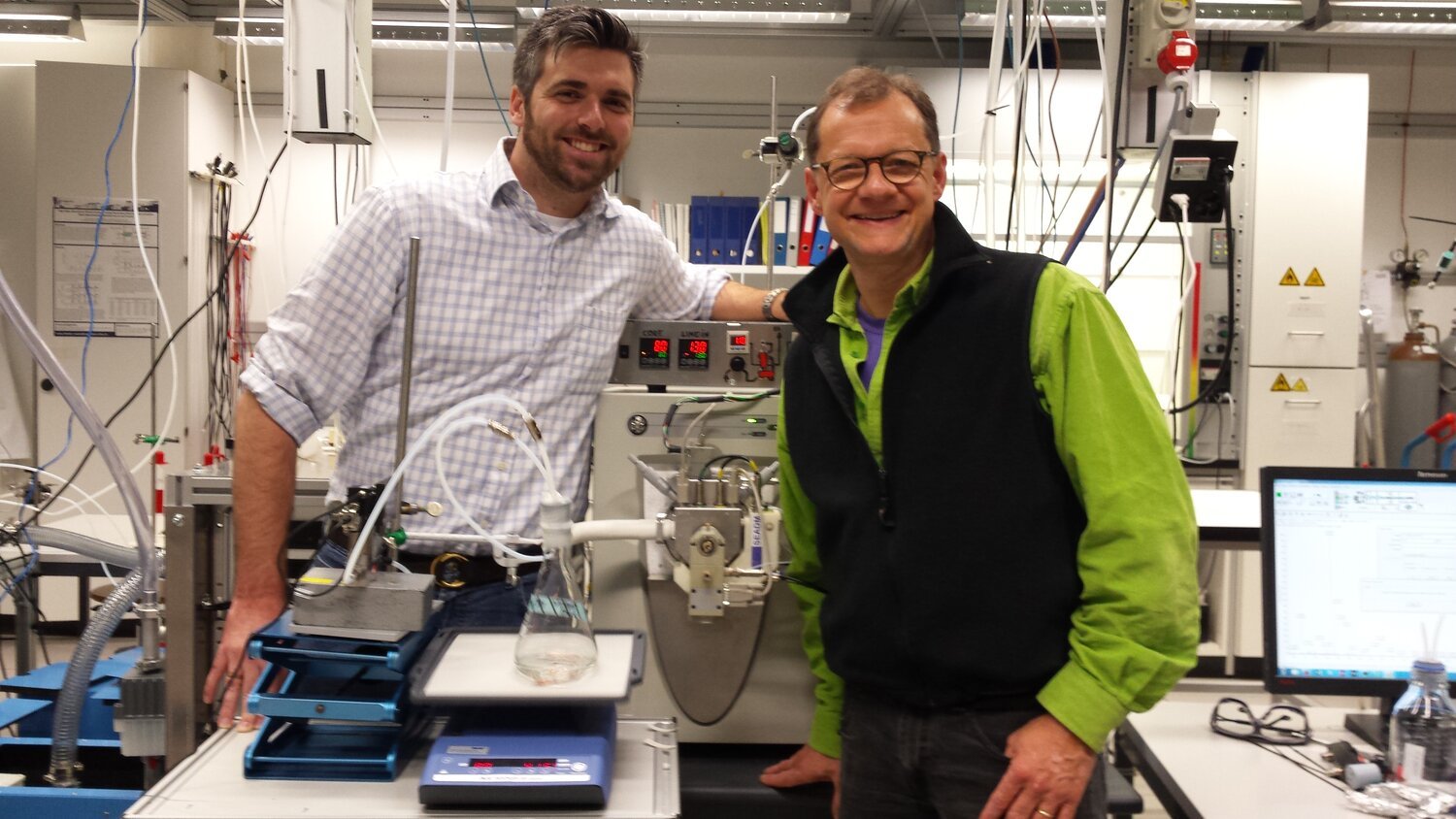


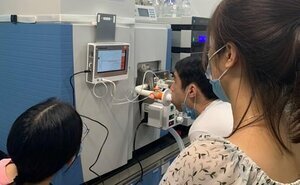
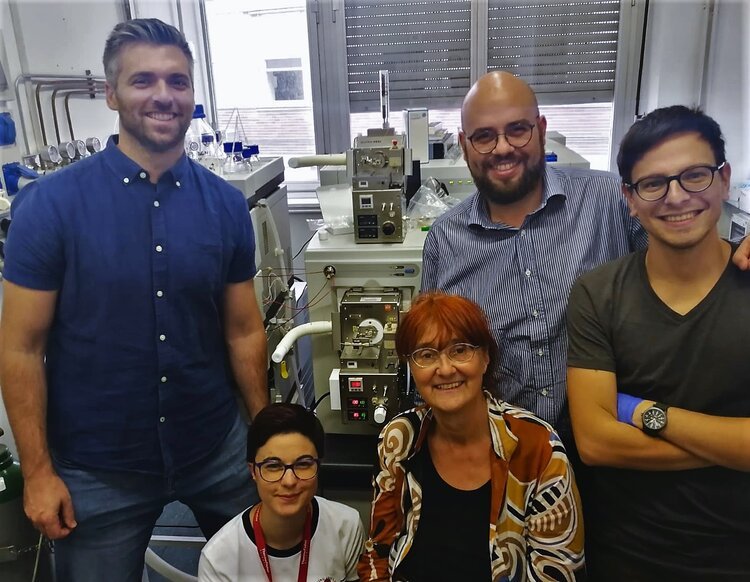
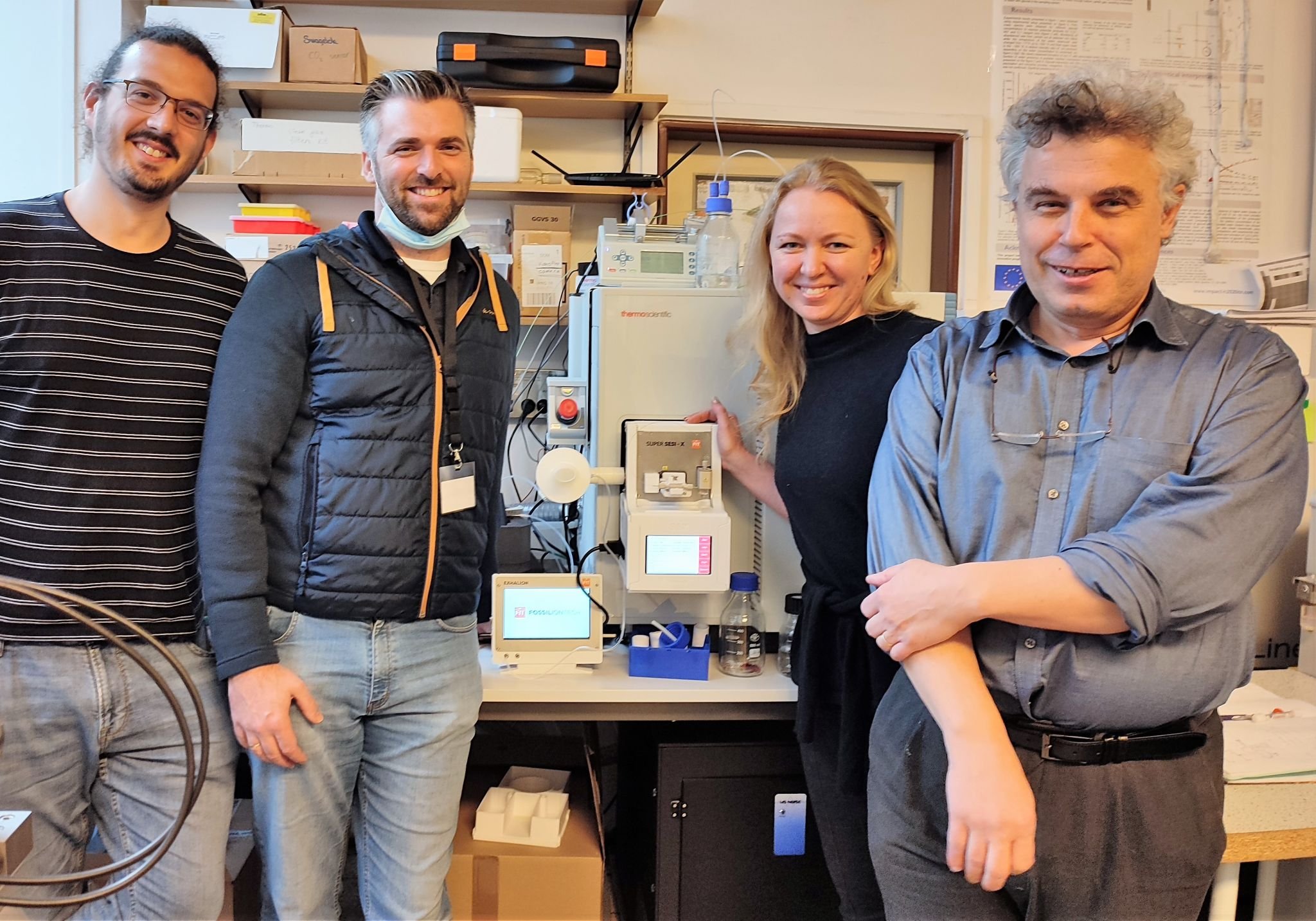


Are you assessing what technology is best for your research? Check these peer-reviewed resources to evaluate and compare different technical approaches
The peppermint initiative allows you to compare the capabilities of the different breath analysis technologies available.
Download. This technical note compiles the different studies of the peppermint consortium in one single meta-analysis.
The ‘peppermint consortium’ defined a standard test to compare different and emerging breath analysis technologies. These independent peer-reviewed studies show that SESI-HRMS is, by far, the most powerful breath analysis technology available to date.
We have compiled these studies in one meta-analysis. Download it here.
The original independent studies can be found here:
“Breathborne Biomarkers and the Human Volatilome” 2nd edition.
A general overview of breath analysis technologies and applications.
Link to the complete book here
This edition expands beyond volatile organic compounds to cover the broad field of breath analysis, including the many exciting developments that have occurred since the first edition was published.
Chapter 12, co-authored by J. Lan, F. Blanco, G. Vidal-de-Miguel, and R. Zenobi, from ETH Zürich and FIT is dedicated to SESI.



